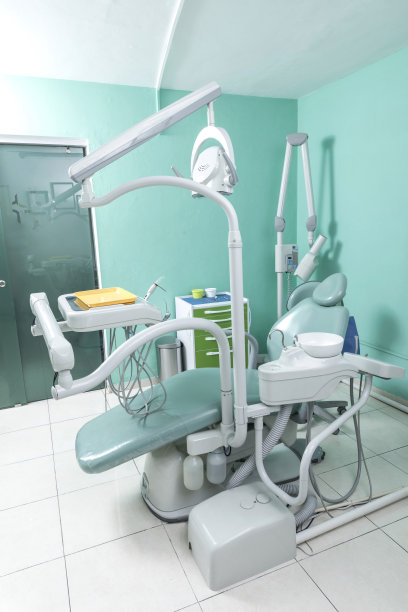Essential Precautions You Must Consider Before Undergoing Dental Filling Procedures for Optimal Oral Health
Summary: Before undergoing a dental filling procedure, it is crucial to understand several essential precautions that can optimize oral health. This article will explore the significance of choosing a qualified dentist, understanding the material options for fillings, maintaining proper aftercare, and recognizing the signs of complications. By taking these precautions seriously, individuals can ensure a smoother experience, minimize discomfort, and promote long-term oral health. The following sections will delve into each precaution, offering insights and tips for patients to consider prior to their dental filling procedures.
1. Choose a Qualified Dentist Carefully

When it comes to dental fillings, selecting a qualified and experienced dentist should be your top priority. Credentials play a significant role in the level of care you will receive. Ensure your dentist has the proper qualifications and training in restorative dentistry. You can inquire about their previous experiences with filling procedures and request to see reviews or testimonials from other patients.
Furthermore, it is advisable to visit the dental clinic beforehand to gauge the hygiene standards and the equipment used. A well-organized and clean environment reflects the professionalism of the practice, which can significantly impact your overall experience during the procedure.
Additionally, communication is key. A good dentist will take the time to explain the filling procedure, discuss what to expect, and answer any questions you might have. Feeling comfortable and informed will reduce anxiety and contribute to a more positive dental experience.
2. Understand Your Filling Material Options
Knowing the various types of filling materials available is crucial for making an informed decision. Common options include amalgam, composite resin, gold, and porcelain fillings, each with its own advantages and disadvantages. For example, while amalgam is durable and cost-effective, composite resin offers a more aesthetic appearance, blending with the tooth’s natural color.
Discussing material options with your dentist will help you understand which one aligns best with your oral health needs, preferences, and budget. Some materials might not be suitable for specific locations in your mouth, especially if youre considering fillings for molars that endure significant chewing forces.
Moreover, its essential to discuss any allergies or sensitivities you may have towards certain materials with your dentist. This precaution can help avoid complications during and after the procedure, ensuring a safe and effective filling experience.
3. Prioritize Aftercare for Optimal Healing
Post-procedure aftercare is vital to ensure the longevity of your dental fillings and promote overall oral health. After receiving a dental filling, you should avoid certain foods for at least 24 hours. Hard, crunchy, or sticky foods can dislodge or damage new fillings during the healing process.
Regular dental check-ups are also integral after receiving fillings. Your dentist can monitor the site of the filling for any signs of complications, ensuring that any issues are addressed promptly. Make it a practice to maintain diligent oral hygiene—brushing twice daily and flossing to keep your fillings and surrounding teeth healthy.
Finally, be attentive to any discomfort or changes in your tooth after the filling. Sensitivity to hot or cold foods may be common, but prolonged discomfort can signify a problem. Notifying your dentist about unusual sensations or pain increases the likelihood of catching issues before they escalate into more significant problems.
4. Recognize Signs of Complications Early
Even with the best precautions, complications can arise after a dental filling. Being aware of the signs can aid in early diagnosis and treatment. One of the most common issues is sensitivity that lasts beyond the initial recovery phase. If your tooth continues to hurt when exposed to temperature changes, contact your dentist for advice.
Moreover, look for visible signs like swelling or pus around the filling site. These may indicate an infection, which requires immediate dental intervention. Early recognition and treatment of such complications can significantly enhance your chances of maintaining your oral health.
Lastly, bubbles or gaps around the filling can also signal potential problems. If you notice changes in how your filling feels against your tongue or in your bite, it is essential to reach out to your dentist. They can assess the situation and recommend necessary adjustments or additional treatments if required.
Summary:
This article has highlighted the essential precautions necessary for individuals considering dental filling procedures for optimal oral health. From selecting a qualified dentist to recognizing complications, taking these precautions can lead to a more successful and worry-free experience. Familiarizing yourself with material options and committing to aftercare can significantly enhance your overall dental health.
This article is compiled by Vickong Dental and the content is for reference only


